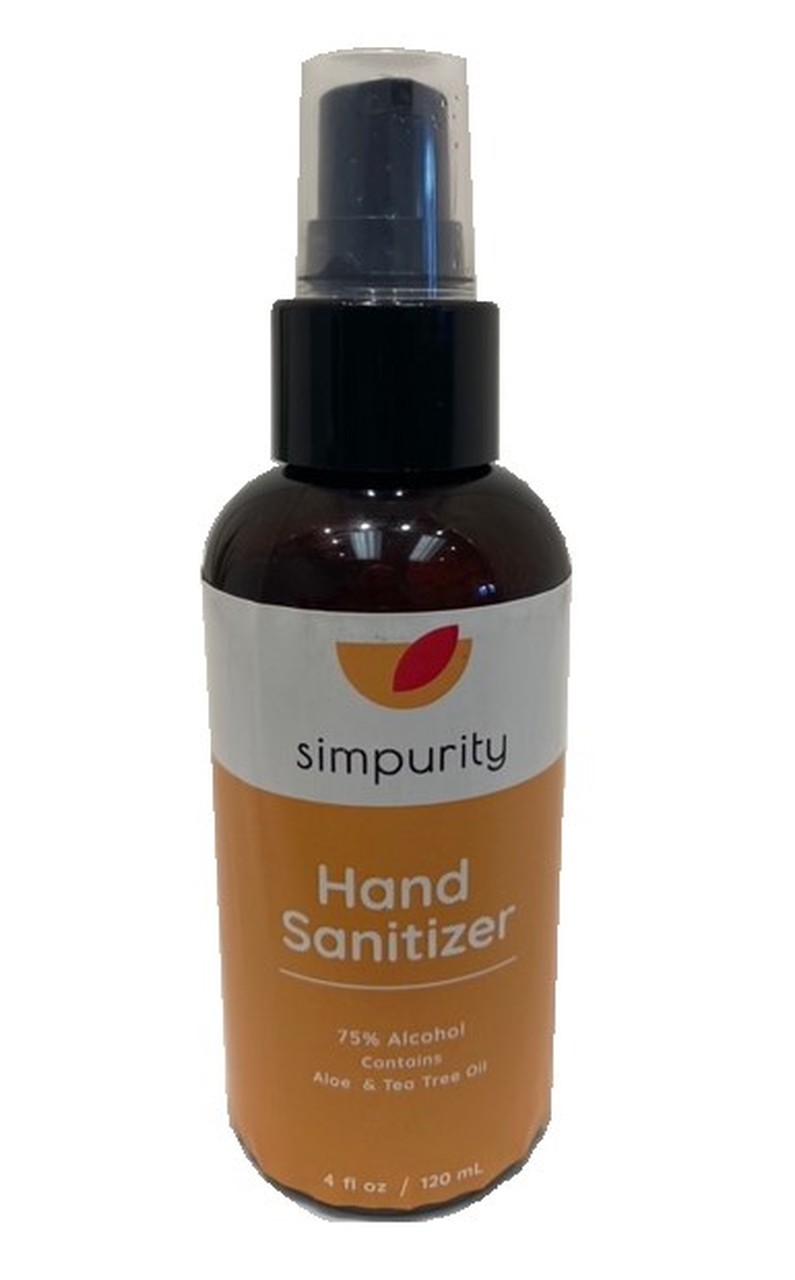Why does Hand Sanitizer have to be so hard on my hands?
By on Apr 10th 2020
|
I imagine most of you are in the same situation as me. Because of this current virus outbreak, my hands are really paying the price. And to be honest with you, before January 2020, I never really used that much Hand Sanitizer at all. Now I find myself putting this jellified liquid on my hands at least 10 times a day and let me tell you, my hands feel like they vibrate with aches and pain. Now, I work in a business that sells cosmetic ingredients, which a lot of them I see on the label of these hand sanitizers. So, it got me questioning whether anything can be done to help save my hands. Let’s face it, even when we get past this current virus outbreak, I think hand sanitizer use is here to stay. So back to my question, does hand sanitizer have to be so harsh on my hands? and here is what I discovered. |
|
First and foremost, Alcohol is the main ingredient in hand sanitizer (+70% is recommended) and this is what is used to kills the micro-organisms (bacteria). The way it does this function is that it attacks the cell walls of the organism, breaking down the Fat and Water molecules that they are made of. Do you know what else is made of Fats and Water??? Your skin cells. So yes, Alcohol breaks down your skin cells causing your skin to dry out. Another similar ingredient used in hand sanitizer is Hydrogen Peroxide. This is the stuff that your mom would put on your cuts that would sting like crazy and cause that white foam. Hydrogen Peroxide destroys bacteria cells by what is called oxidation. The incredibly reactive nature of this product steals electrons from the bacteria cell causing it to break down and is what creates the bubbling action. Once again, it does the same thing to skin cells, and at a much higher rate than alcohol. So much so, that most dermatologists recommend against its use in the pure form. Luckily, in hand sanitizer, Hydrogen Peroxide is only used in small amounts. Besides those Cell killing ingredients, manufacturers use Glycerin or Glycol that give it that jelly texture and finally pure water to finish off the product. These four products combine to make up the micro-organism killing machine called Hand sanitizer.
Is that it? Just four ingredients? Well, it is if you didn’t have FDA approval for manufacturing hand sanitizer prior to April 29, 2020. Because of the huge demand and need to ramp up production of hand sanitizer, the government came out with the “Temporary Policy for Preparation of Certain Alcohol-Based Hand Sanitizer Products During the Public Health Emergency (COVID-19) Guidance for Industry” . It states, if you’re not a licensed or registered drug manufacturer of hand sanitizer, firms can easily register on-line as over-the-counter (OTC) drug manufacturers to prepare alcohol-based hand sanitizers under the circumstances described in this guide for the duration of the public health emergency. This temporary policy says that manufacturers must use the exact ingredients as stated with no additional active or inactive ingredients such as dyes, perfumes, flavorings or other “SKINCARE PRODUCTS”. These are the only ingredients allow:
1.Alcohol (ethanol) (80%, volume/volume (v/v) in an aqueous solution of Isopropyl Alcohol (75%, v/v) in an aqueous solution
2.Glycerin (glycerol) (1.45% v/v)
3.Hydrogen peroxide (0.125% v/v)
4.Sterile distilled water or boiled cold water
So, does this mean we just have to deal with hand pain and there is nothing we can do about it? Not at all, although right now, beggars can’t be choosers, but there are options. If you can find hand sanitizers that previously had formulations tested and approved by the FDA, you will see that they have ingredients like Aloe Vera and Essential Oils to help protect your skin. In my office, we used a product from CVS that had Aloe & Vitamin 9 and it did a decent job. But recently the office came across Simpurity Hand Sanitizer that contains Aloe and Tea Tree Oil and it did an outstanding job of keeping our hands soft and moisturized while still dissipating quickly on your hands. In the future I think will start seeing more brands incorporating skincare products in their sanitizers because the use of these products will be the new normal. For now, unfortunately, there will be a lot of new sanitizers coming on the market that will get the job done but hands across America will have to pay the price.
The bottom line for buyers of hand sanitizer is Buyer Beware, or more importantly, Hands Beware. It is easy to find a hand sanitizer that kills germs but trying to find one that doesn’t kill your hands will take a little more effort.






